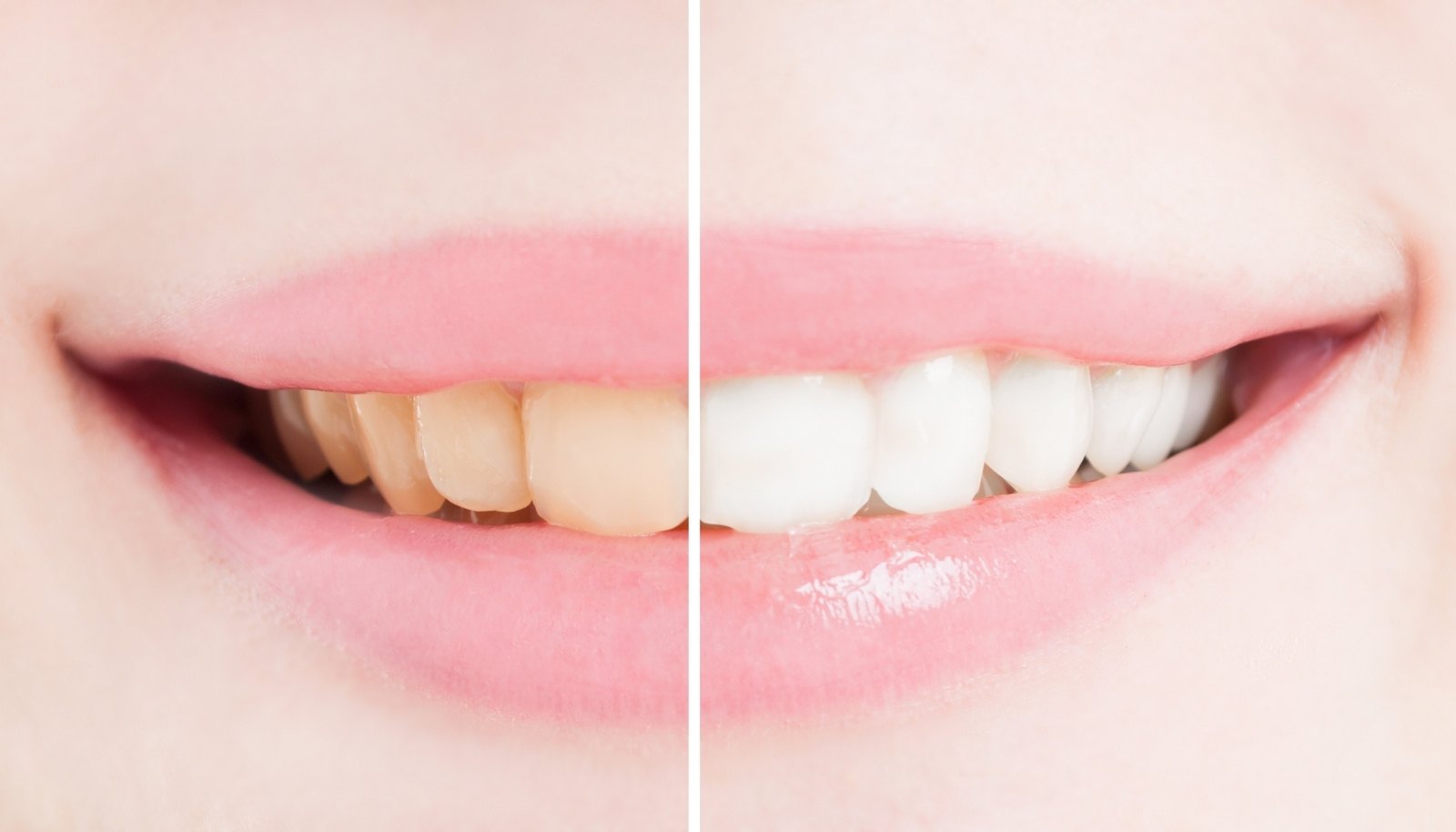
Latin: Hypericum perforatum L.
Local Names: Hypericum, Klamath weed, Goatweed.
English Name: St. John's Wort
Botanical Features:
St. John's Wort includes plants from the Hypericaceae family, all with yellow petals. The species known by the whole world as St. John's Wort is Hypericum perforatum L.
It is a species that spreads in almost every region of our country. They are especially common on roads and fields, along the streams, and on valley floors.
St. John's Wort, a perennial herb known for its vibrant yellow flowers, blooms during the May-June period. Standing at a height of 40-60 cm, this herbaceous plant boasts a unique feature -needle-like holes that become visible when its leaves are exposed to sunlight.
Agriculture:
St. John's Wort grows well in light textured soils rich in organic matter. Heavy textured and water-retaining soils are not suitable for this management agriculture. In such soils, the yield is low and the plants become sparse quickly. St. John's Wort seeds are very small. The seeds, which are almost like dust, they cannot be directly sown in the field. Instead, they must first be nurtured into seedlings in a nursery before being transplanted
Plants that have become seedlings should be planted in the field in 50x20 cm row spacing in the spring period. At this planting frequency, 10,000 seedlings are required for 1 decare. Adequate watering is crucial for achieving optimal efficiency in St. John's Wort cultivation.
When the flowers are in full bloom, the harvesting process begins by selectively mowing the top 1/3 of the plant. In the case of John's Wort oil production, the harvested portion should be macerated in olive oil. Conversely, if the intention is to produce herbal tea or extracts, the harvested portion is dried. It is dried for herbal tea or extract product. Just about 250-400 kg of fresh branched flowers and 80-100 kg of dry branched flowers are obtained from 1 decare.
Content and Active Ingredients:
The major active compounds found in St. John's Wort are hypericin and hyperforin, which significantly contribute to the product's quality. The concentration of these compounds directly influences the potency of the herb. Moreover, St. John's Wort also contains essential oil, further enhancing its value.
Usage areas:
Cosmetics: Firming, skin mask, skin protection, moisturizer, tonic
Food Supplements: Spices, oils
Beverage Aroma: aqua, tea, oil
Pet Health, Food, Cosmetics: Poultry, rodents, bird, fish, cat, dog food
Herbal Medicine: Serum, syrup, supplement pill, homeopathic treatment
Cleaning: Cleaning vinegar, air freshener, soap
Extract Form: Powder and liquid
Active ingredients: Amentoflavone, Hyperforin, Hypericin, 3′, 8″-biapigenin, Psedohypericin, Queercitrin, rutin, Xanthones






